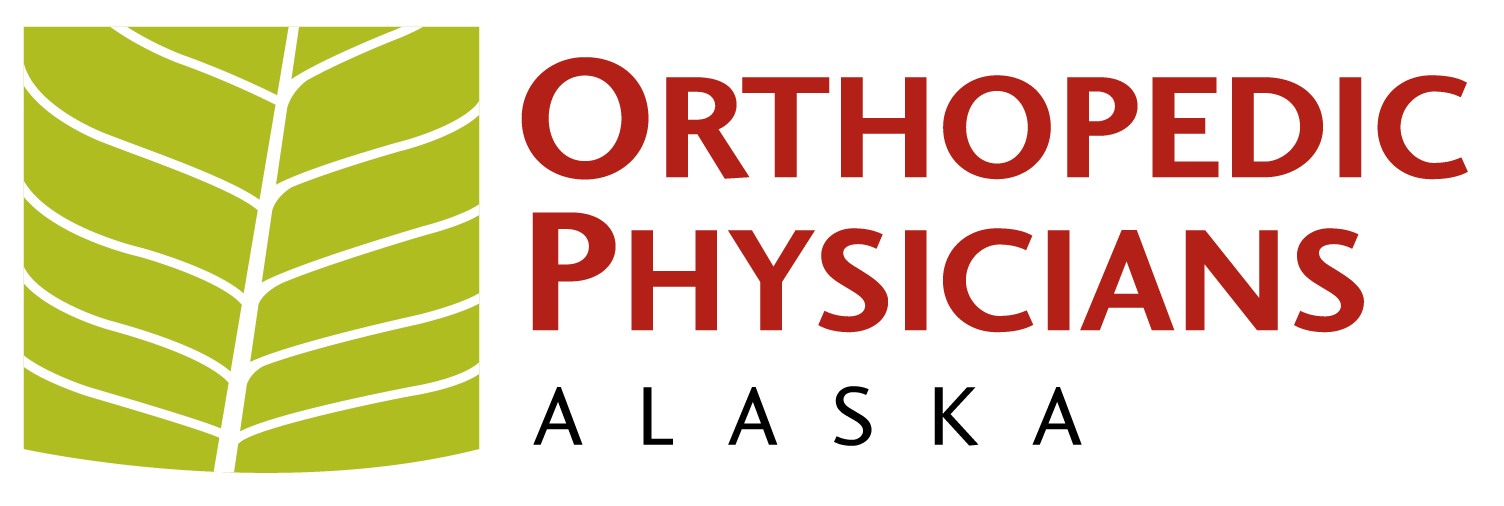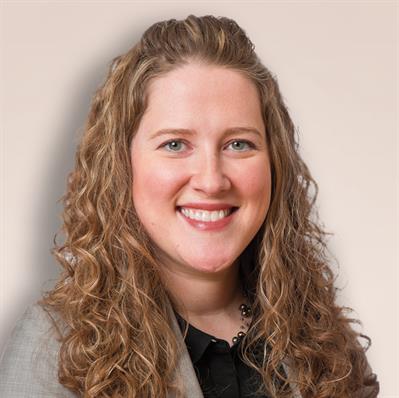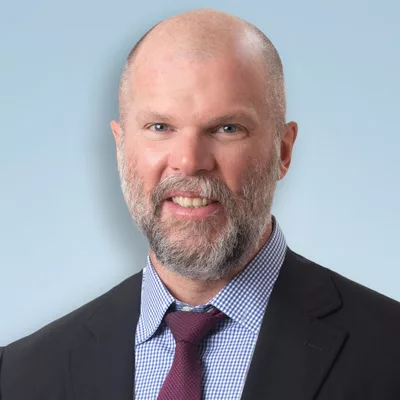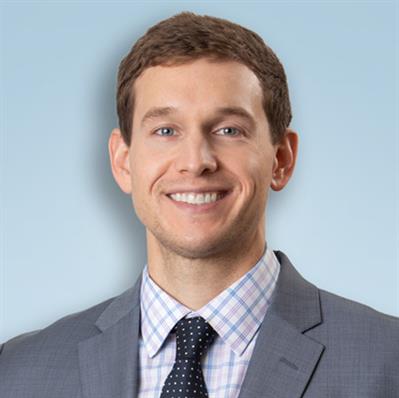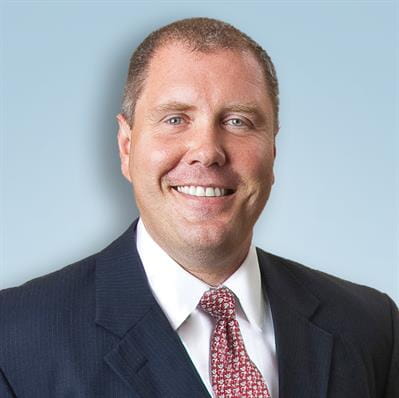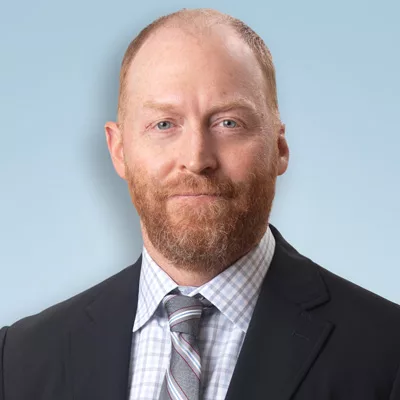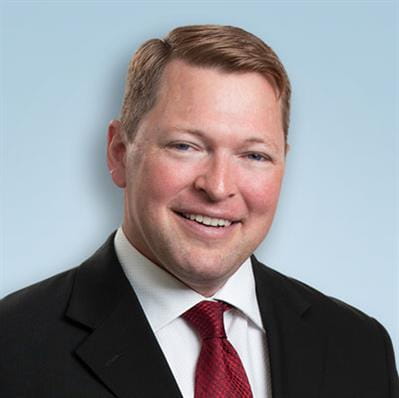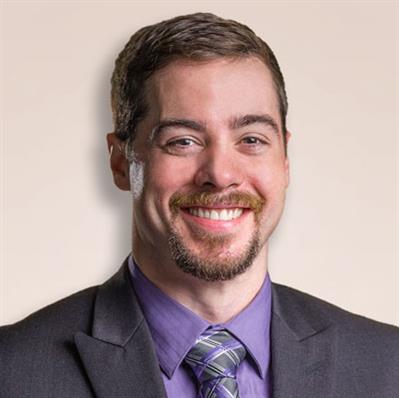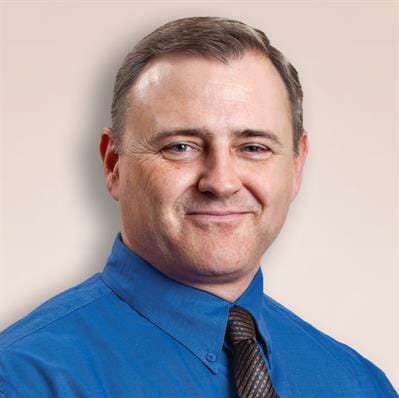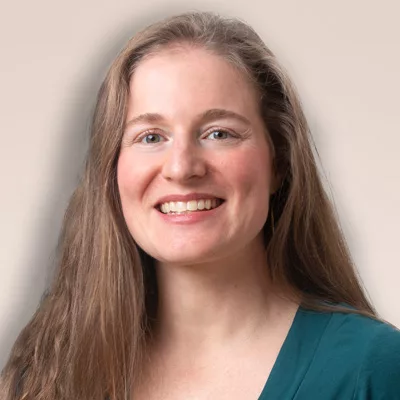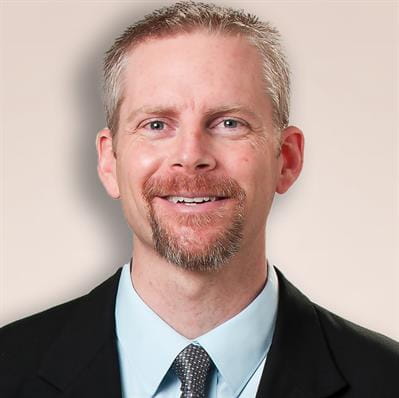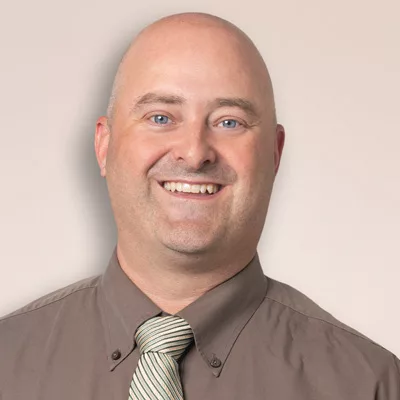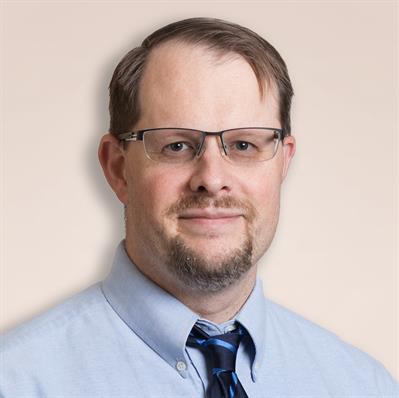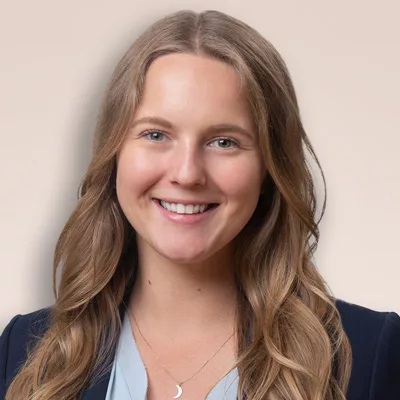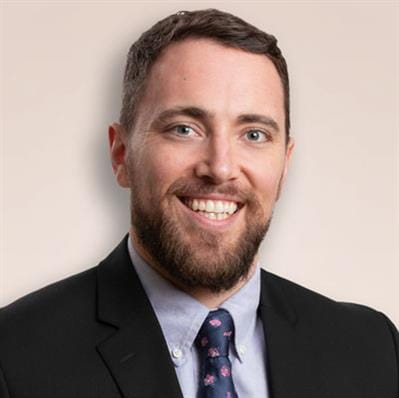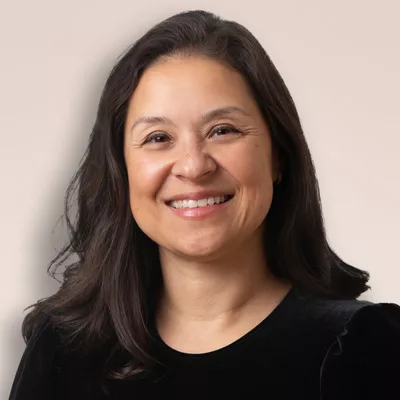Kyphosis
OPA treats a wide variety of back conditions and offers comprehensive treatment options — including many non-surgical solutions.
What is Kyphosis?
The spine is divided into cervical (neck), thoracic (mid-back), and lumbar (lower back) regions. Each region’s natural curve maintains spine shape, stability, and posture. A spinal curvature disorder occurs when the spine deviates from its natural shape.
Kyphosis is a spinal curvature disorder of the thoracic vertebrae. Kyphosis causes an abnormally pronounced “reverse c” shape, also known as a hunchback.
Common Causes:
-
- Birth defects
- Degenerative disc disease
- Fractures
- Osteoporosis
- Spine development problems during puberty
Many people have asymptomatic kyphosis but do not know it.
Symptoms you should look for:
-
- Muscle spasms
- Pain
- Stiffness
-
- Obtain the patient’s medical history
- Perform a physical examination
- Orders and analyze X-rays
When you arrive for your initial consultation, one of our experienced and Board-Certified Spine Specialists will evaluate your areas of concern, discuss your symptoms, and develop a customized and comprehensive treatment plan tailored to your unique needs. This evaluation is a necessary part of diagnosing your condition and providing the best possible care.
When diagnosing kyphosis, The OPA Spine Team:
Common Treatments:
Surgery may be recommended to treat severe kyphosis, especially in the instance where a nerve root is pinched or compressed. During a minimally invasive spinal fusion procedure, portions of vertebral bone and cartilage are removed and proper spine curvature is restored. A small plate and screws hold the spine in a fixed position. Bone graft is packed into the spine and later fuses with existing bone to form a single, solid bone that does not move but causes no pain.
Nonsurgical treatment options treat the majority of cases of kyphosis. Any of the following may be included in a treatment plan:
Bracing
A removable back brace.
NSAIDs
Physical Therapy
One of OPA’s onsite physical therapist prescribes and monitors strengthening and stretching exercises.
